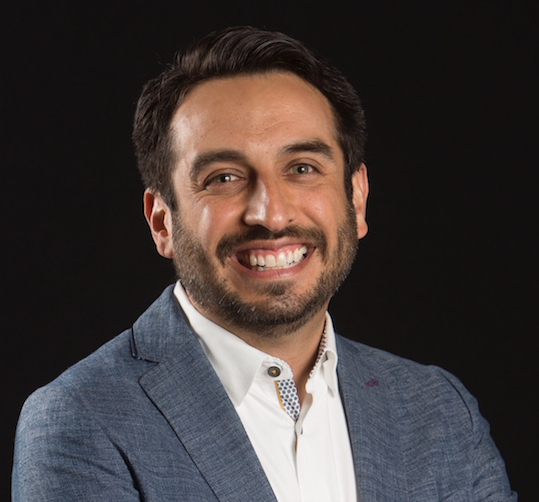
What does it mean to be named an Emerging Leader in Hospice and Palliative Medicine?
I’m deeply humbled to have been named an emerging leader within hospice and palliative medicine. I am inspired by the work others on this list have accomplished and by the diversity of interests represented. Indeed, it gives me hope for our field. Through the contributions of others in this cohort, we’ve expanded not just in the arena of clinical delivery of care, but also refined educational teaching techniques and improved the delivery primary palliative care. I am excited that the work I and others have been doing to integrate technology into the highly relational field of palliative care is gaining traction.
Describe how you became interested in hospice and palliative medicine and who/what influenced your work.
When I was 14, my 27-year-old uncle died of AIDS. This traumatic experience imbued me with a commitment to finding solutions to complicated medical problems. Prior to medical school, I worked to design software for an HIV research group, centered on mapping HIV drug resistance using genetic analysis. Having always loved the structure of technology and the ease of coding programs to facilitate solutions, this work was extremely rewarding to me. It also deepened my interest in clinical work and helped propel me into medicine.
However, early in clinical practice I began to recognize that we often spend time fighting the wrong fight. While technological solutions have led to exponential progress in disease treatment, there is a limit to what technology can provide. Despite advancements, people often died horribly. Once cure was not an option, the fundamental human experience of dying was being neglected. Unfortunately, my clinical training had not imparted me with skills to impact this profound moment. That changed when I spent time with the UCSF Palliative Care service. I was relieved to see another way: Healing can be possible, even when cure is not.
I recognized my fight against physical illness was not the crux of what my experience with my uncle could teach me. It wasn’t the physical illness that impacted me so deeply. It wasn’t even necessarily his death. All people die. His suffering – my suffering – came from the lack of attention to these moments. It became clear changing this paradigm was my life’s work.
What is your vision for the future of hospice and palliative medicine?
While there are many paths for growth, I believe our field needs to continue to grow in two specific ways. First, while specialized palliative care is critical, we also need to invest more resources to ensure every patient is treated in a person-centered model of care. We must create structures and processes such that all providers are capable of implementing primary palliative care.
Second and critically, our field must begin to move in the direction of person-centered, outcome-based metrics. To this point in the field’s evolution, we have relied on measures of structure and process, yet large-scale, patient-centered outcome measures have remained elusive. Our field is at a crucial and fertile stage of development. We have been able to demonstrate higher quality, but most of our evidence has been either qualitative or quantitative proxies for direct patient-level outcomes. In the cases where we have been able to demonstrate direct patient-level outcome improvement, the collection of data has remained a largely manual process relying on clinicians’ time. Well-developed quality measures, paired with informatics and data analytics, can allow us to measure direct patient outcomes, which is what really matters to the people we serve. Our field must continue to join the digital transformation and be on the forefront of using technology to implement and measure how we provide the best care possible.
